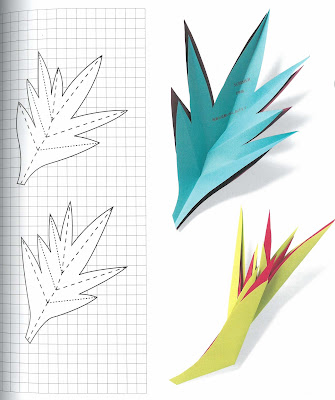My chosen agency is I Love Dust I was just so drawn to their work, I really like their bold use of typography and their playfulness which is also sort of strict at the same time. I was also really happy to find this agency as when asked in my university interview what I saw myself doing in the future I said that I'd like to work for big names like Nike and have my work recognised in the street (I was once an ambitious fool), so that combined with the typography just makes me think that this agency is me and this is what I would genuinely want to do. In a way seeing their work was just a reminder of how much I like graphic design.
Below are a few examples of their work that I particularly liked.
 |
| [Source] http://ilovedust.com/projects/by/type |
 |
| [Source] http://ilovedust.com/projects/by/type |
These two pieces seem to be slightly different to the majority of the work they have produced due to the addition of the illustrative element and maybe this was why I was drawn to them, this explains what I meant in my previous post when I said that type can also dip into other areas of design which I like but don't like enough to do (or I'm not very good at). The top image however fits in more with the general feel of their collection of work and I'll explain that later in the post.
 |
| [Source] http://ilovedust.com/projects/by/type |
 |
| [Source] http://ilovedust.com/projects/by/type |
Although they will have been employed to do so I like the use of the slogans here and this is an idea I might take forward into my own work when including my four pieces of information I might use a series of slogans or motos to explain me as a designer to these people, I think that would be a slightly different apporach.
 |
| [Source] http://ilovedust.com/projects/by/type |
 |
| [Source] http://ilovedust.com/projects/by/type |
With these final two images I have picked out I like how playful they are and this like the slogans may be something i use as an idea for my own work, I think with a company like this which as a varied range of work it gives you freedojm to play and I also think that playing shows that you enjoy it and you have good ideas, you're willing to think differently, outside of the box.
Across all the work displayed on the website I have noticed a bit of a trend, although they may have been employed to do it, they seem to use a lot of black in their work and sometimes have splashes of bright colour and in their work there is no really link between each piece and it's typeface, almost every one seems to be different, I sort of find this a little strange when a fair few pieces are for Nike yet there isn't much standardisation between pieces like you'd expect with a brand or corporate identity when companies usually stick to the same font and have continuity. Another thing I found was that the agency like the idea of innovation which (if I treated this as a job application) I would clearly need to show that I agree with that idea in my own work; this will be somehtinbg I attempt to do.










































